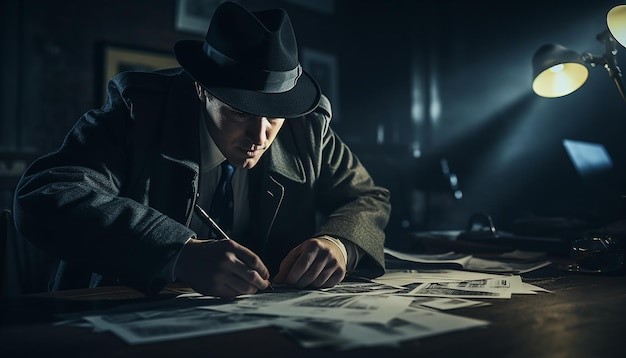How Spy Fiction Has Adapted to the Digital Age and Cyber Espionage?
January 8, 2025

Espionage stories are thrilling because they keep you guessing. One moment you think you know what’s going to happen, and the next, a surprising twist turns everything upside down. This is what makes undercover activities so exciting. But how do the best international story tellers, like Karl Braungart, manage to pull off these unpredictable plot twists? Let’s break it down.
Espionage writers love secrets. The most gripping stories are full of hidden truths, covert operations, and characters who aren’t what they seem. By keeping key information hidden, the author creates suspense. You might think you understand the situation, but there’s always a layer beneath the surface waiting to be revealed. This keeps you hooked, unsure of what will happen next.
One trick that espionage writers use to keep you on your toes is creating complex characters. These characters often have hidden motives, secret alliances, and personal agendas. On the surface, they might seem like heroes or villains, but as the story unfolds, you discover that things aren’t so clear-cut. Writers like Karl Braungart are experts at developing characters who deceive both the other characters and the reader. Just when you think you’ve figured someone out, a new twist forces you to question everything.
A clever technique used by the best spy novel writers is playing with time. Flashbacks, time jumps, and multiple perspectives can change the way a story unfolds. Writers sometimes reveal important details at different times in the story to mislead the reader or to make the twists even more dramatic. This approach keeps you engaged because you’re always trying to piece together the past and present to understand the bigger picture.
In espionage novels, not everything is as it seems. Writers often use red herrings – false clues that mislead you into thinking you know what’s going on. These distractions keep the story moving forward and make the eventual twists even more shocking. As a reader, you start to follow these false leads, only to have the real truth hit you when you least expect it. This keeps the suspense high, making the plot twists even more powerful.
Another way espionage writers keep you guessing is by creating unexpected alliances. Characters who seem like enemies may form partnerships out of necessity or betrayal. These alliances often lead to surprising twists, as you never know who can be trusted. This uncertainty makes the plot even more unpredictable. By the end, the alliances you thought were solid could unravel, leaving the reader stunned.
Espionage writers know the power of a good cliffhanger. They know how to end chapters or scenes on a note that leaves you desperate to know what happens next. The cliffhanger forces the reader to keep turning the pages, knowing that a huge revelation is just around the corner. Writers like Karl Braungart use this technique to build tension and make their plot twists even more dramatic.
Karl Braungart, a renowned name among the best secret spy writers, is a master at creating these unpredictable plot twists. His ability to build tension with secrets, develop complex characters, and use red herrings keeps readers on the edge of their seats. With his clever use of time, unexpected alliances, and cliffhangers, he is able to craft stories that are full of surprises. Karl Braungart knows exactly how to take his readers on a thrilling ride, making every twist feel fresh and exciting. If you’re looking for a spy story that will keep you guessing until the very end, you can trust Braungart to deliver it.